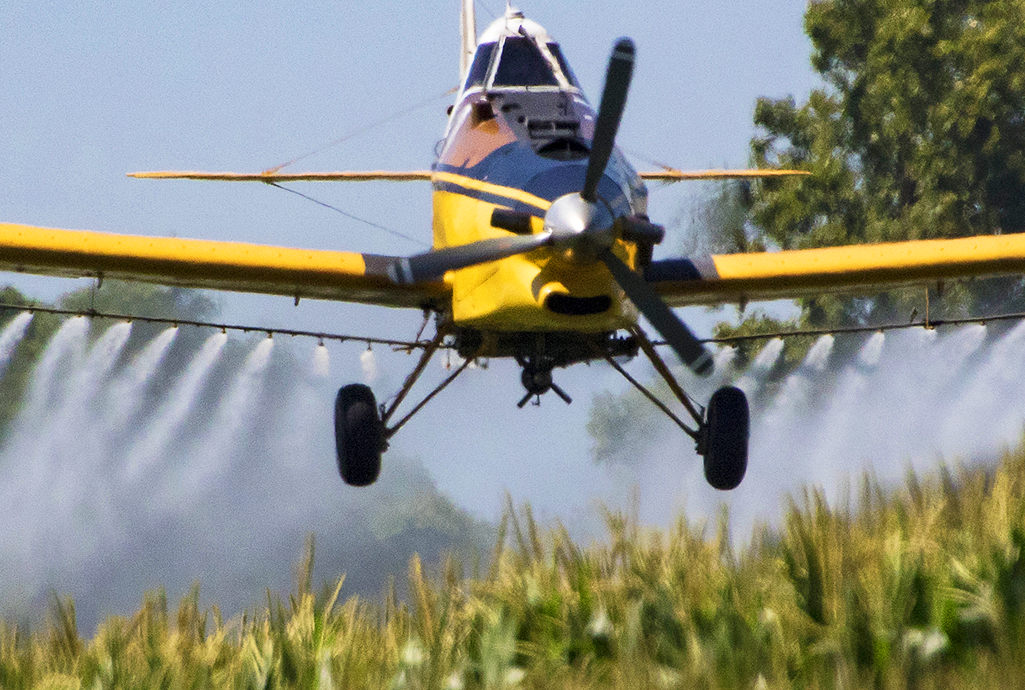Welcome back to the Aviation Insurance Blog!
Welcome to the latest entry in the Aviation Insurance Blog, where we delve into the critical topic of mentoring new Ag pilots, a vital aspect of ensuring a steady influx of skilled pilots in aerial application, an essential sector of the aviation industry.
The aerial application field, much like other aviation sectors, faces the ongoing challenge of replacing veteran pilots who are retiring. This creates a continuous demand for recruiting and training new pilots, a task that requires careful navigation of insurance coverage issues and meeting pilot experience and training requirements set by insurance companies.
Pilot backgrounds in the aerial application industry vary widely. Some may possess extensive farm or aerial application loading experience, while others might be commercial pilots or have a private pilot license but lack an agricultural background. Essential for these roles is logged tailwheel experience, as traditional crop-dusting aircraft typically feature tailwheel landing gear.
For these new pilots, whether they are transitioning from full-time roles as private or commercial pilots in the United States or elsewhere, a tailored training plan is crucial. This plan, developed in conjunction with an aviation insurance broker and the insurance company’s underwriter, might include attending an aerial application pilot school or undergoing specific ground and flight training. Training should encompass both flying skills and agricultural knowledge, addressing the effects of gravitational force, including both negative and positive G forces, which are critical in maneuvers like crop dusting.
An initial step in this training often involves simulated spraying runs using water. The number of required runs, typically ranging from 25 to 50, varies based on the pilot’s prior experience. In the early stages, insurance companies may limit chemical liability coverage to seeds and fertilizers, gradually including herbicides, fungicides, pesticides, and insecticides as the pilot gains more experience in aerial application.
New pilots often start with piston (or radial) engine aircraft, which generally have a lower insured amount. This initial phase also involves higher policy deductibles and close supervision by an experienced operator or mentor, especially crucial for pilots transitioning from piston to turbine aircraft operations. Simulated runs in turbine aircraft, possibly utilizing simulators for initial training, are a key part of this transition.
The goal of this comprehensive training is not only to prevent accidents and claims but also to ensure the pilot can provide excellent service to customers, including ground crews and others involved in the operation. This process underscores the importance of strong communication and a well-structured training plan, which can be effectively facilitated by an experienced aerial application insurance broker.
For any questions, assistance in mentoring new pilots, or guiding pilots transitioning from piston to turbine operations, Aeris Insurance Solutions is here to help. We understand the unique challenges and opportunities in this dynamic field and are committed to supporting the growth and development of new pilots flying in the aerial application sector.


